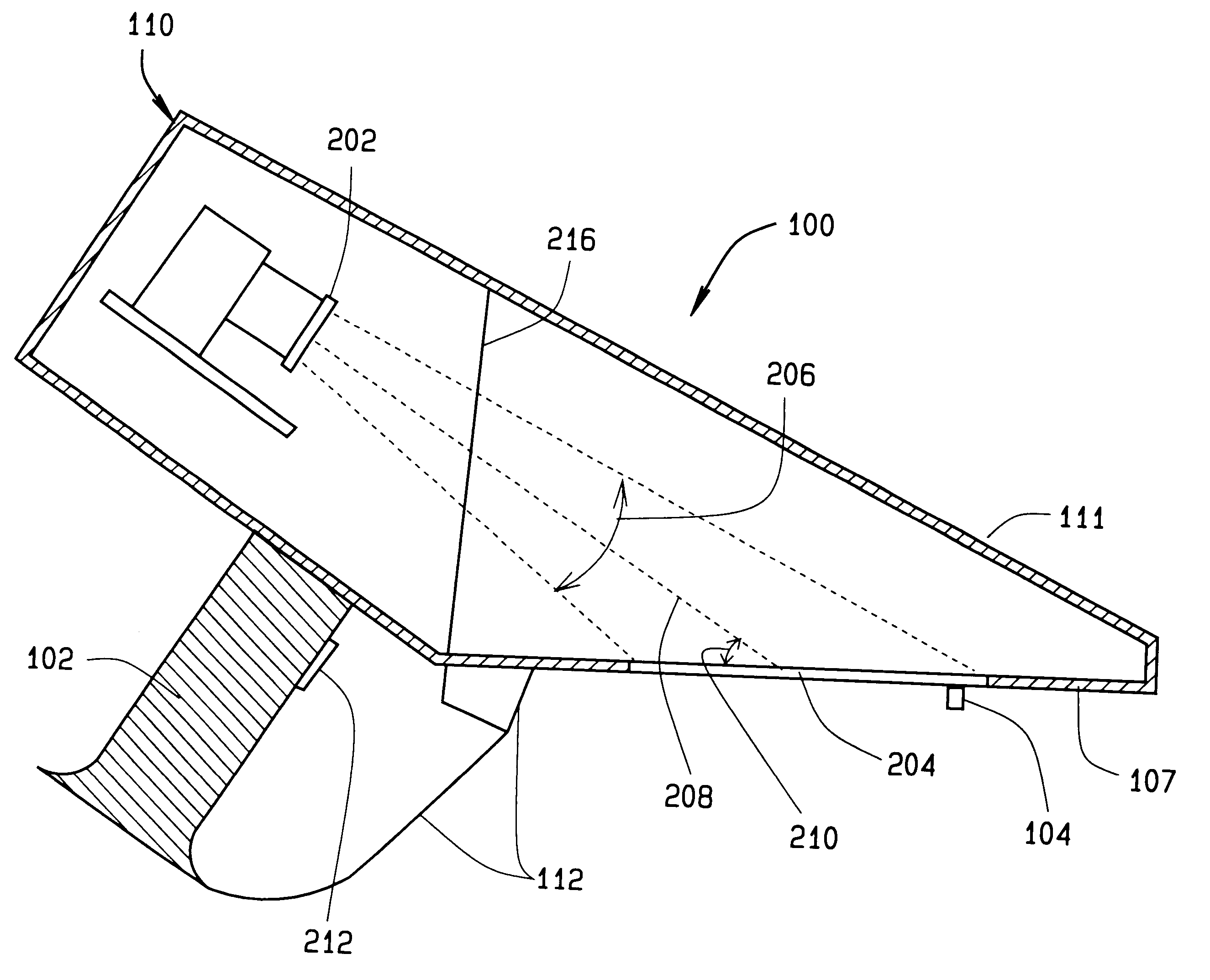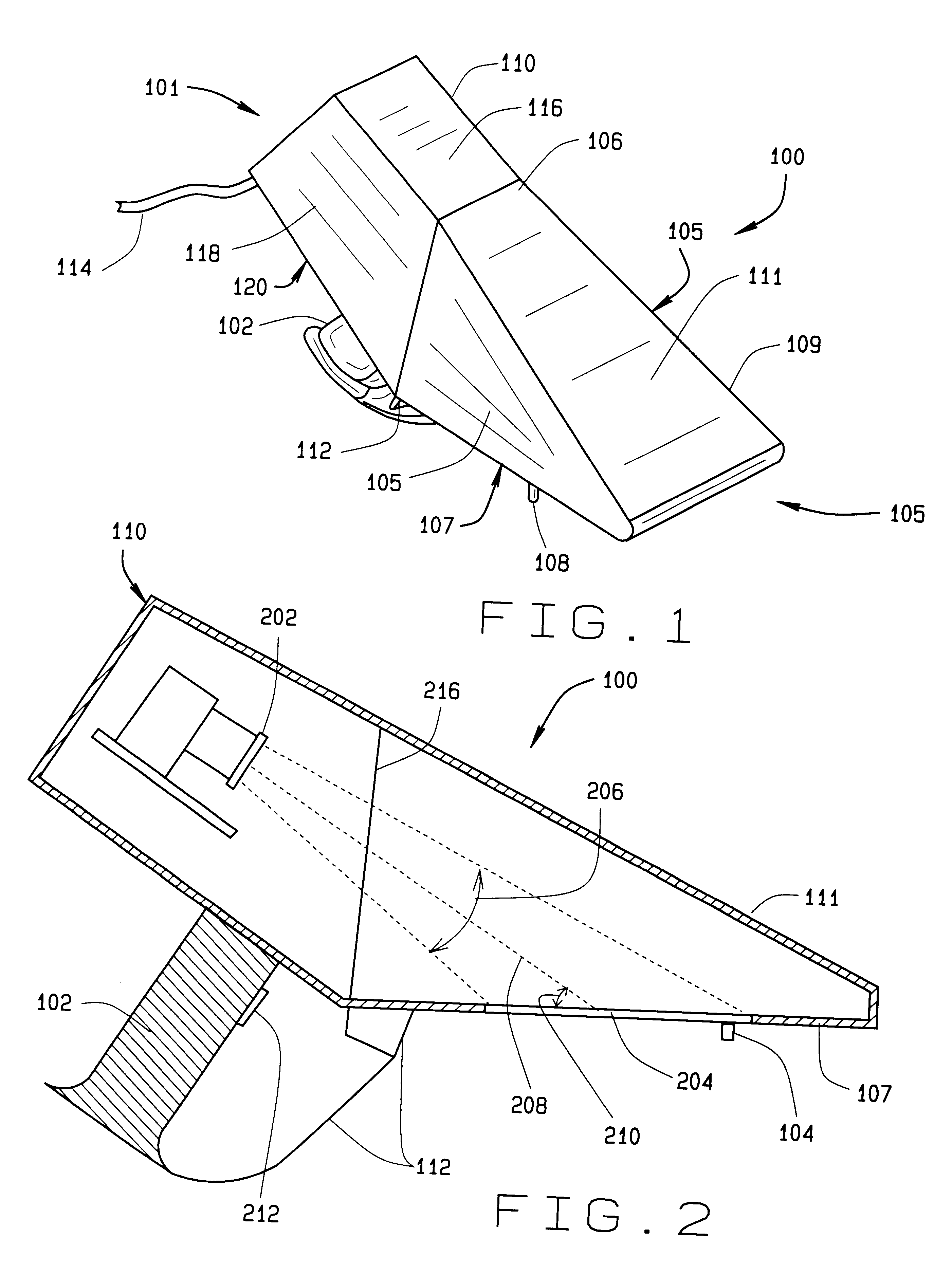Image analysis systems for grading of meat, predicting quality of meat and/or predicting meat yield of an animal carcass
a technology of image analysis and grading system, applied in image analysis, image enhancement, instruments, etc., can solve the problems of substantial subjectivity, inability to utilize regression equations, and difficult to understand human graders, and achieve the effect of facilitating the user's ability to captur
- Summary
- Abstract
- Description
- Claims
- Application Information
AI Technical Summary
Benefits of technology
Problems solved by technology
Method used
Image
Examples
Embodiment Construction
According to the embodiment(s) of the present invention, various views are illustrated in FIGS. 1-7 and like reference numerals are being used consistently to refer to like and corresponding parts of the invention for all of the various Figs. of the drawing. The first digit(s) of the reference number for a given item or part should correspond to the Fig. Number in which the item or part is first identified.
The present invention is an image analysis system and method for grading of meat, predicting quality of meat and / or predicting meat yield of an animal carcass. This system and method is designed to be utilized in a meat processing facility, specifically those related to beef processing. The system and method is designed to capture an image of an exposed ribeye cross section of a halved ribbed beef carcass. The system is specifically designed to enable the user to consistently capture a quality image of the ribeye cross section by inserting a wedged-shape camera into the incision o...
PUM
| Property | Measurement | Unit |
|---|---|---|
| angle | aaaaa | aaaaa |
| 90° angle | aaaaa | aaaaa |
| field of view | aaaaa | aaaaa |
Abstract
Description
Claims
Application Information
 Login to View More
Login to View More - R&D
- Intellectual Property
- Life Sciences
- Materials
- Tech Scout
- Unparalleled Data Quality
- Higher Quality Content
- 60% Fewer Hallucinations
Browse by: Latest US Patents, China's latest patents, Technical Efficacy Thesaurus, Application Domain, Technology Topic, Popular Technical Reports.
© 2025 PatSnap. All rights reserved.Legal|Privacy policy|Modern Slavery Act Transparency Statement|Sitemap|About US| Contact US: help@patsnap.com



